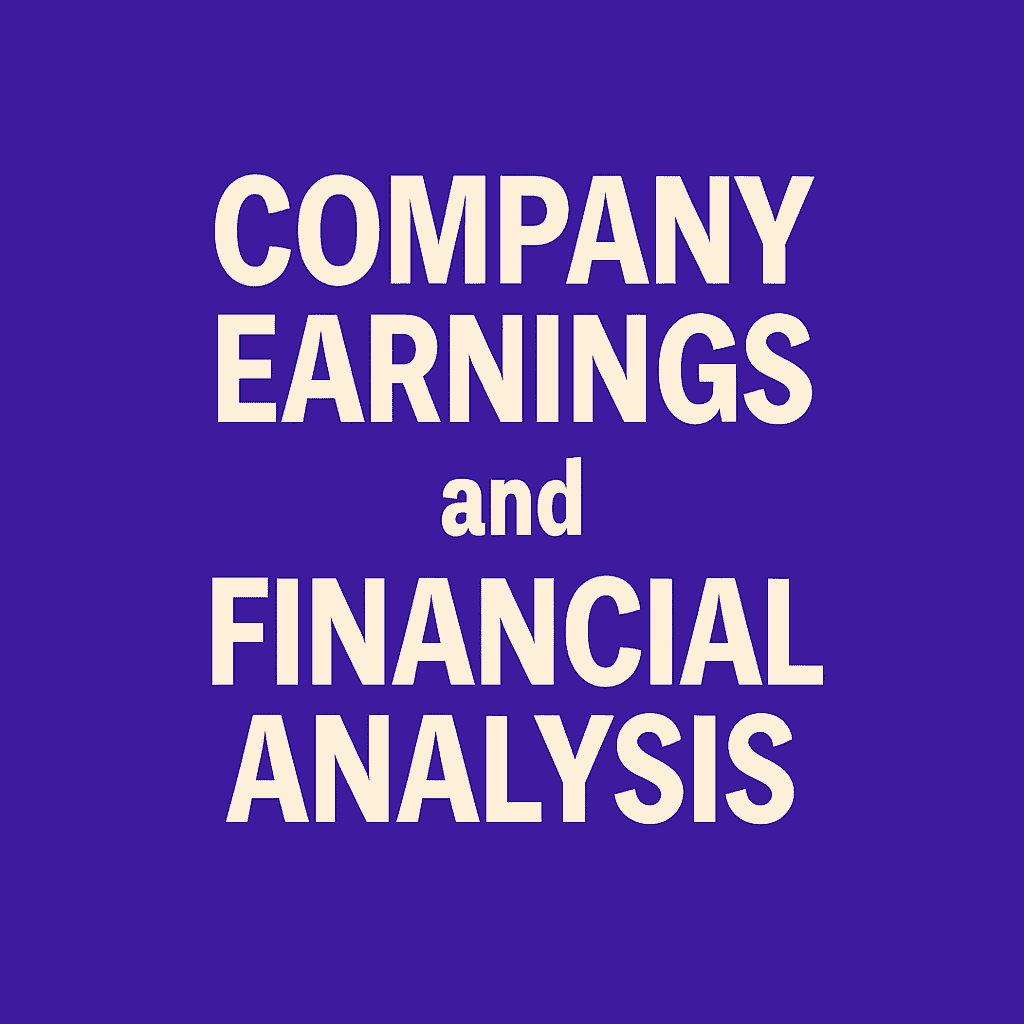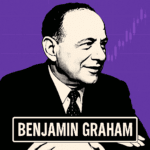Hilton Worldwide Holdings Inc. (NYSE: HLT)
Q2 2025 Financial Analysis | July 23, 2025
Executive Summary
Hilton delivered strong bottom-line results in Q2 2025 despite modest top-line challenges, demonstrating the resilience of its asset-light business model. While system-wide comparable RevPAR declined 0.5% due to holiday shifts, reduced government spending, and broader economic uncertainty, the company achieved diluted EPS of $1.84 ($2.20 adjusted) and Adjusted EBITDA of $1.008 billion. The company continued its aggressive expansion strategy, achieving a record development pipeline of 510,600 rooms and delivering 7.5% net unit growth, while returning $791 million to shareholders through dividends and share repurchases.
Q2 2025 Highlights
Financial Performance
Hilton’s Q2 2025 financial performance showcased the strength of its asset-light, fee-based business model. Net income increased 5% to $442 million despite modest RevPAR headwinds, driven by strong unit growth and operational efficiency. Diluted EPS grew 10% to $1.84, while adjusted EPS increased 15% to $2.20, reflecting both earnings growth and the impact of share repurchases.
Adjusted EBITDA reached $1.008 billion, up 10% year-over-year, with an impressive margin of 75.2% compared to 72.2% in the prior year. This margin expansion demonstrates Hilton’s ability to scale efficiently and generate strong returns even during periods of modest revenue growth. Management and franchise fee revenues increased 7.9% compared to the same period in 2024, driven primarily by net unit growth.
For the six-month period, financial performance remained robust with net income of $742 million and Adjusted EBITDA of $1.803 billion. System-wide comparable RevPAR increased 1.0% for the six-month period, indicating that Q2’s modest decline was largely due to timing factors including holiday shifts and calendar effects.
The company’s fee-based model continues to generate exceptional cash flow conversion, with minimal capital requirements and strong scalability. This performance positions Hilton well to continue its growth investments while maintaining significant capital returns to shareholders.
RevPAR Performance by Region
| Region | Occupancy | ADR | RevPAR Change | Key Drivers |
|---|---|---|---|---|
| U.S. | 75.8% (-1.0 pts) | $173.61 (-0.2%) | -1.5% | Holiday shifts, reduced government spending |
| Americas (ex-U.S.) | 69.5% (-0.5 pts) | $152.14 (+4.5%) | +3.8% | Strong ADR growth across Latin America |
| Europe | 77.2% (+0.8 pts) | $177.64 (+0.9%) | +2.0% | Improved occupancy and rate growth |
| Middle East & Africa | 70.8% (+7.2 pts) | $189.12 (-0.9%) | +10.3% | Strong occupancy gains offsetting rate pressure |
| Asia Pacific | 68.1% (-0.3 pts) | $101.61 (+0.8%) | +0.3% | Modest recovery continuing across region |
U.S. market performance reflected broader economic uncertainties with RevPAR declining 1.5% due to occupancy declines of 1.0 percentage point and modest ADR pressure. The decline was primarily attributed to holiday and calendar shifts, reduced government spending, and softer international inbound business. Despite these headwinds, the U.S. market remains Hilton’s largest and most profitable region.
Americas (excluding U.S.) delivered strong performance with RevPAR growth of 3.8%, driven primarily by ADR increases of 4.5%. This reflects the continued recovery in Latin American markets and strong demand trends across the region, positioning it as a key growth driver for Hilton’s international expansion.
Europe showed solid recovery momentum with RevPAR growth of 2.0%, benefiting from both occupancy gains of 0.8 percentage points and ADR growth of 0.9%. This performance reflects the continued normalization of travel patterns and strong demand for European destinations.
Middle East & Africa was the standout performer with RevPAR growth of 10.3%, driven by exceptional occupancy gains of 7.2 percentage points. This dramatic improvement reflects the recovery of business and leisure travel in the region, particularly in key markets like the UAE and Saudi Arabia.
Asia Pacific continued its gradual recovery with modest RevPAR growth of 0.3%. While occupancy remained relatively stable, ADR growth of 0.8% indicates improving pricing power as demand continues to normalize across the region.
Development Pipeline & Unit Growth
Hilton’s development engine continued to deliver exceptional results, achieving several key milestones that reinforce its position as the industry’s growth leader:
Pipeline Achievements
- Record Pipeline: 510,600 rooms across 3,636 hotels in 128 countries and territories, representing a 4% increase compared to June 30, 2024
- Global Expansion: Pipeline includes 29 countries and territories where Hilton currently has no existing hotels
- Construction Activity: Nearly half of pipeline rooms are under construction, indicating strong near-term growth visibility
- International Focus: More than half of pipeline rooms are located outside the U.S., supporting global expansion strategy
In Q2 2025, Hilton approved 36,200 new rooms for development and opened 221 hotels totaling 26,100 rooms, resulting in 22,600 net room additions. This contributed to impressive net unit growth of 7.5% from June 30, 2024, demonstrating the company’s ability to consistently expand its global footprint.
Notable Openings and Signings
- Sax Paris, LXR Hotels & Resorts – the brand’s first hotel in the heart of Paris
- The Marcus Portrush, Tapestry Collection by Hilton – debut in Northern Ireland
- Hotel Astoria Vienna, Curio Collection by Hilton – debut in Vienna, Austria
- NoMad Detroit and NoMad Singapore signings – expanding luxury and lifestyle pipeline
- First LivSmart Studios by Hilton in Tullahoma, Tennessee (opened July 2025)
- Iconic Waldorf Astoria New York reopening (July 2025)
The continued expansion of Hilton’s luxury and lifestyle portfolio brought the combined collection to more than 1,000 hotels worldwide, demonstrating successful execution of the company’s strategy to capture higher-value market segments.
Balance Sheet Strength & Capital Allocation
Hilton maintained its strong financial position and continued aggressive capital return strategy, reflecting the cash-generative nature of its asset-light business model:
Balance Sheet Highlights
- Total Debt: $11.0 billion outstanding with weighted average interest rate of 4.76%
- Debt Maturity: No material indebtedness due prior to April 2027, providing significant refinancing flexibility
- Liquidity: $448 million in cash and cash equivalents plus $1.618 billion available borrowing capacity under revolving credit facility
- Credit Profile: Strong investment-grade rating supported by predictable cash flows and asset-light model
In July 2025, Hilton successfully issued $1.0 billion of 5.750% Senior Notes due 2033, demonstrating continued access to attractive debt financing and proactive balance sheet management.
Capital Return Program
- Share Repurchases: Repurchased 3.2 million shares for $755 million in Q2 2025 at an average price of $235.36
- Dividends: Paid quarterly dividend of $0.15 per share ($36 million total) in June 2025
- Total Return: $791 million returned to shareholders in Q2 2025, bringing year-to-date returns to $1.881 billion through July
- Share Count Reduction: Outstanding shares as of July 18, 2025 were 235.2 million
The company’s capital allocation strategy prioritizes investment in organic growth opportunities while returning substantial cash to shareholders. For full-year 2025, Hilton projects approximately $3.3 billion in total capital return, demonstrating management’s confidence in the business model and commitment to shareholder value creation.
Full Year 2025 Outlook
Hilton provided comprehensive guidance for 2025, reflecting management’s confidence in the business despite near-term uncertainties:
Full Year 2025 Projections
- System-wide comparable RevPAR: Flat to +2.0% (currency neutral)
- Diluted EPS: $6.82 to $6.99
- Adjusted EPS: $7.83 to $8.00
- Net income: $1.640 billion to $1.682 billion
- Adjusted EBITDA: $3.650 billion to $3.710 billion
- Net unit growth: 6.0% to 7.0%
- Capital return: Approximately $3.3 billion
Third Quarter 2025 Expectations
- System-wide comparable RevPAR: Flat to modestly down (currency neutral)
- Diluted EPS: $1.89 to $1.95
- Adjusted EPS: $1.98 to $2.04
- Net income: $453 million to $467 million
- Adjusted EBITDA: $935 million to $955 million
The guidance reflects management’s expectation that the economy in the U.S. (Hilton’s largest market) will experience better growth over the intermediate term, which should accelerate travel demand. When combined with low industry supply growth, this is expected to unlock stronger RevPAR growth beyond 2025.
CEO Christopher Nassetta emphasized confidence in the company’s development trajectory: “We remain confident in our ability to deliver net unit growth between 6.0 percent and 7.0 percent for the next several years.” This outlook is supported by the record development pipeline and strong signing momentum across all regions and brand segments.
Strategic Initiatives & Brand Portfolio
Hilton continued to execute on key strategic initiatives designed to strengthen its market position and drive long-term growth:
Luxury and Lifestyle Expansion
The company successfully expanded its luxury and lifestyle brands to more than 1,000 hotels globally, representing a key strategic priority. Notable developments include:
- Expansion of LXR Hotels & Resorts with prestigious locations in major markets
- Growth of Tapestry Collection by Hilton with unique, locally-inspired properties
- Continued development of NoMad brand in key luxury markets
- Launch of LivSmart Studios by Hilton, targeting the growing extended-stay segment
Technology and Guest Experience
Hilton continues to lead the industry in guest-facing technology innovations:
- Hilton Honors Program: More than 226 million members driving direct bookings and loyalty
- Digital Key Technology: Enhanced with Digital Key Share functionality
- Mobile Experience: Complete stay management through the Hilton Honors app
- Room Selection: Confirmed connecting rooms and automated complimentary upgrades
Global Expansion Strategy
Hilton’s development pipeline reflects strategic geographic diversification:
- More than half of pipeline rooms located outside the U.S.
- Presence across 139 countries and territories
- 29 new countries and territories in the development pipeline
- Focus on high-growth emerging markets with strong economic fundamentals
The company’s brand portfolio of 24 world-class brands provides comprehensive market coverage across all segments and price points, enabling Hilton to capture demand across diverse customer bases and economic cycles.
Risks & Opportunities
Opportunities
Risks
Conclusion
Strengths
- Strong bottom-line performance despite RevPAR headwinds
- Record development pipeline providing multi-year growth visibility
- Exceptional cash flow generation and capital returns to shareholders
- Leading market position across all segments and geographies
- Asset-light model providing operational flexibility and high returns
Key Focus Areas
- Managing near-term RevPAR volatility while maintaining growth trajectory
- Executing on record development pipeline across all regions
- Continuing luxury and lifestyle brand expansion
- Navigating economic uncertainties and geopolitical headwinds
- Maintaining strong balance sheet flexibility and capital allocation discipline
Summary
Hilton’s Q2 2025 results demonstrated the resilience and quality of its asset-light, fee-based business model. Despite system-wide RevPAR declining 0.5% due to timing factors and economic headwinds, the company delivered strong earnings growth with net income of $442 million and Adjusted EBITDA of $1.008 billion, representing increases of 5% and 10% respectively.
The standout performance was Hilton’s development momentum, achieving a record pipeline of 510,600 rooms and delivering 7.5% net unit growth. This expansion, combined with strong regional performance outside the U.S., positions the company well for sustained long-term growth despite near-term uncertainties.
Looking ahead, management’s confidence in delivering 6-7% net unit growth for the next several years, supported by the record pipeline and strong signing activity, provides clear visibility into Hilton’s growth trajectory. The company’s balanced approach of investing in growth while returning substantial capital to shareholders reflects the strength of its cash-generative business model.
With a strong balance sheet, market-leading brand portfolio, and proven ability to navigate economic cycles, Hilton remains well-positioned to capitalize on the expected intermediate-term improvement in travel demand while continuing to gain market share through its development-led growth strategy.
Source: Hilton Q2 2025 Earnings Release



